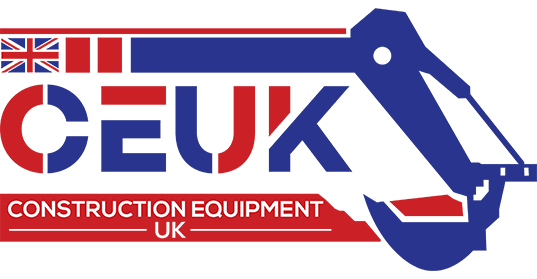Things to Consider When Buying a Mini-Excavator
With the government searching for ‘shovel-ready’ projects, and the housing market whirring back to life, we should begin to see restored and increased construction activity that will help significantly in driving the national economic recovery. As a result, careful consideration will need to be made over any new machinery investment, in particular mini-excavators.

When you’re in the market for a mini excavator, there are a few things you’ll want to keep in mind to ensure you’re getting the best machine for your needs. Here are seven things to consider when purchasing a mini excavator:
Operating Weight & Dimension
The first thing you need to consider when purchasing a mini excavator is the operating weight and dimension. The operating weight is the total weight of the machine, including the operator, fuel, and any attachments. The dimensions of the machine are important to consider because you need to make sure the machine will fit in the space you have available and that it can manoeuvre in the areas you need it to.
Bucket Capacity
The next thing to consider is the bucket capacity. The bucket capacity is the size of the bucket on the excavator and is measured in cubic yards. The capacity of the bucket will determine how much material the excavator can move in one scoop. You will want to choose an excavator with a bucket capacity that is appropriate for the job you need it to do.
Engine Power
The third thing to consider is the engine power. The engine power is measured in horsepower and will determine how much power the excavator has. You will want to choose an excavator with enough power to do the job you need it to do but not so much power that the machine is difficult to control.
Transmission
The transmission is another important consideration when purchasing a mini excavator. The transmission will determine how fast the machine can travel. The higher the transmission, the faster the machine can travel.
Undercarriage
The fifth thing you need to consider is the undercarriage. The undercarriage is the part of the mini excavator that supports the machine’s weight and allows it to move. There are two types of undercarriages: steel and rubber. Steel undercarriages are more durable but are more expensive. Rubber undercarriages are less durable but are less expensive.
Tracks or Tyres
The choice between tracks or tires for your mini excavator is largely dependent on the application. Tires are typically less expensive, but require more maintenance and are less durable than tracks. Tires are also more likely to cause damage to surfaces, which can be an issue in delicate applications. Tracks, on the other hand, provide more stability and traction, but are more expensive and require more maintenance.
Accessories
There are several accessories available for mini excavators that can make them more versatile and productive. These include buckets of different sizes and shapes, thumbs, breakers, and augers. Be sure to consider what accessories you might need for your application when choosing a mini excavator.
Conclusion
If you’re in the market for a mini-excavator, there are a few key factors you’ll want to keep in mind. First, consider what you’ll be using the excavator for and what attachments you’ll need. Then, check out the different size options and select the one that best suits your needs. Finally, don’t forget to factor in the cost of ownership, including fuel, maintenance, and repairs. By following these simple tips, you’ll be sure to find the perfect mini-excavator for your next project.
Shop for excavators and other construction machinery in the UK at Construction Equipment UK. Through us, you can buy used construction equipment from the world’s leading manufacturers. Contact us today for more information.

